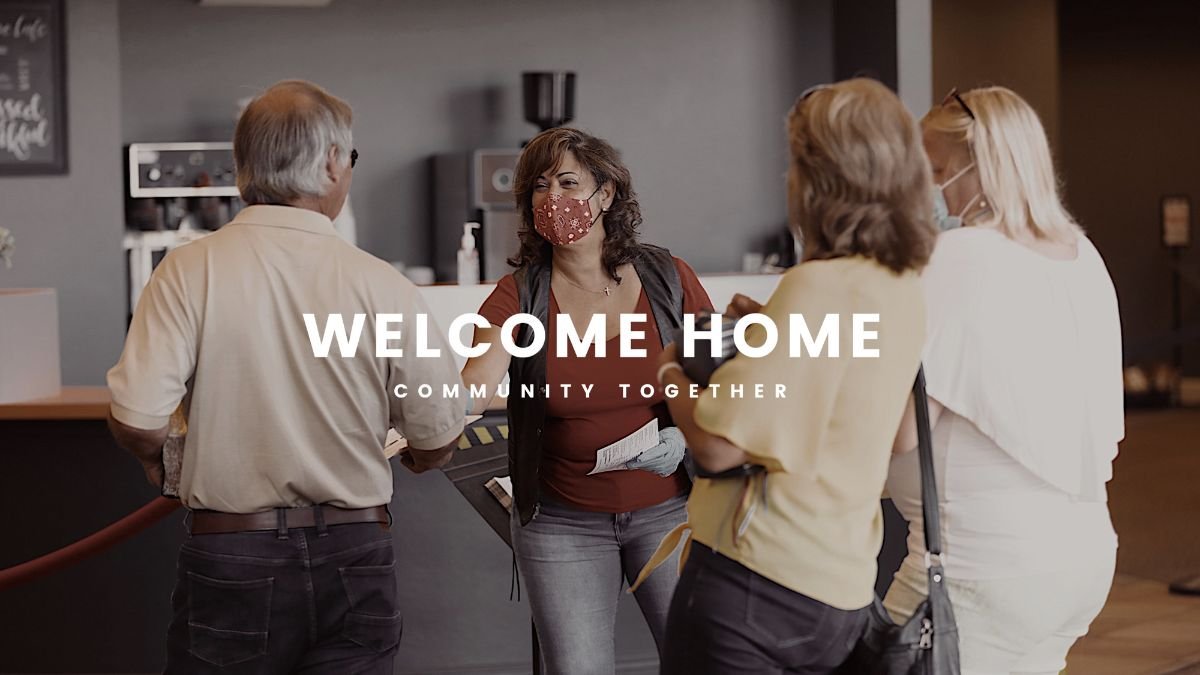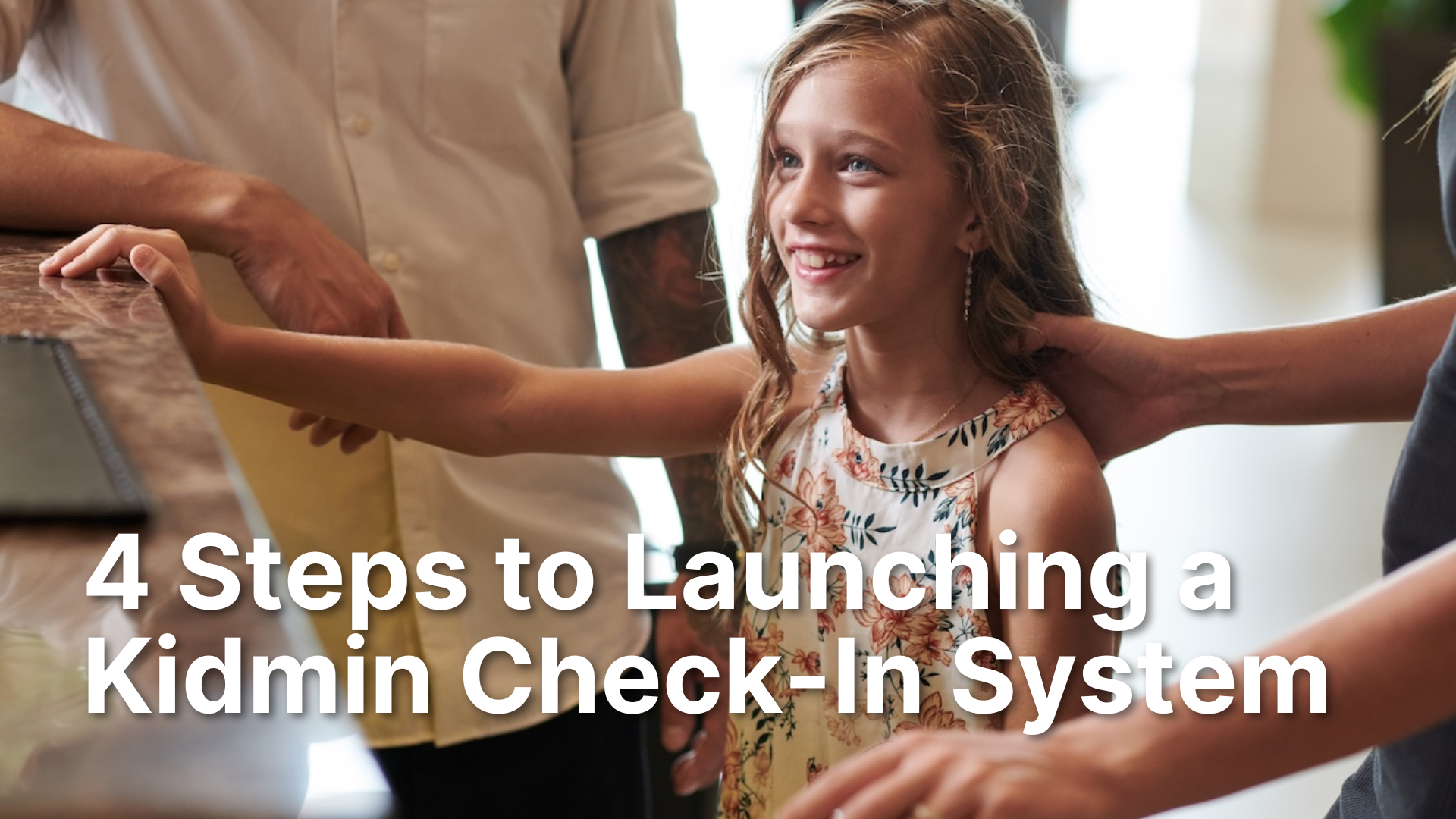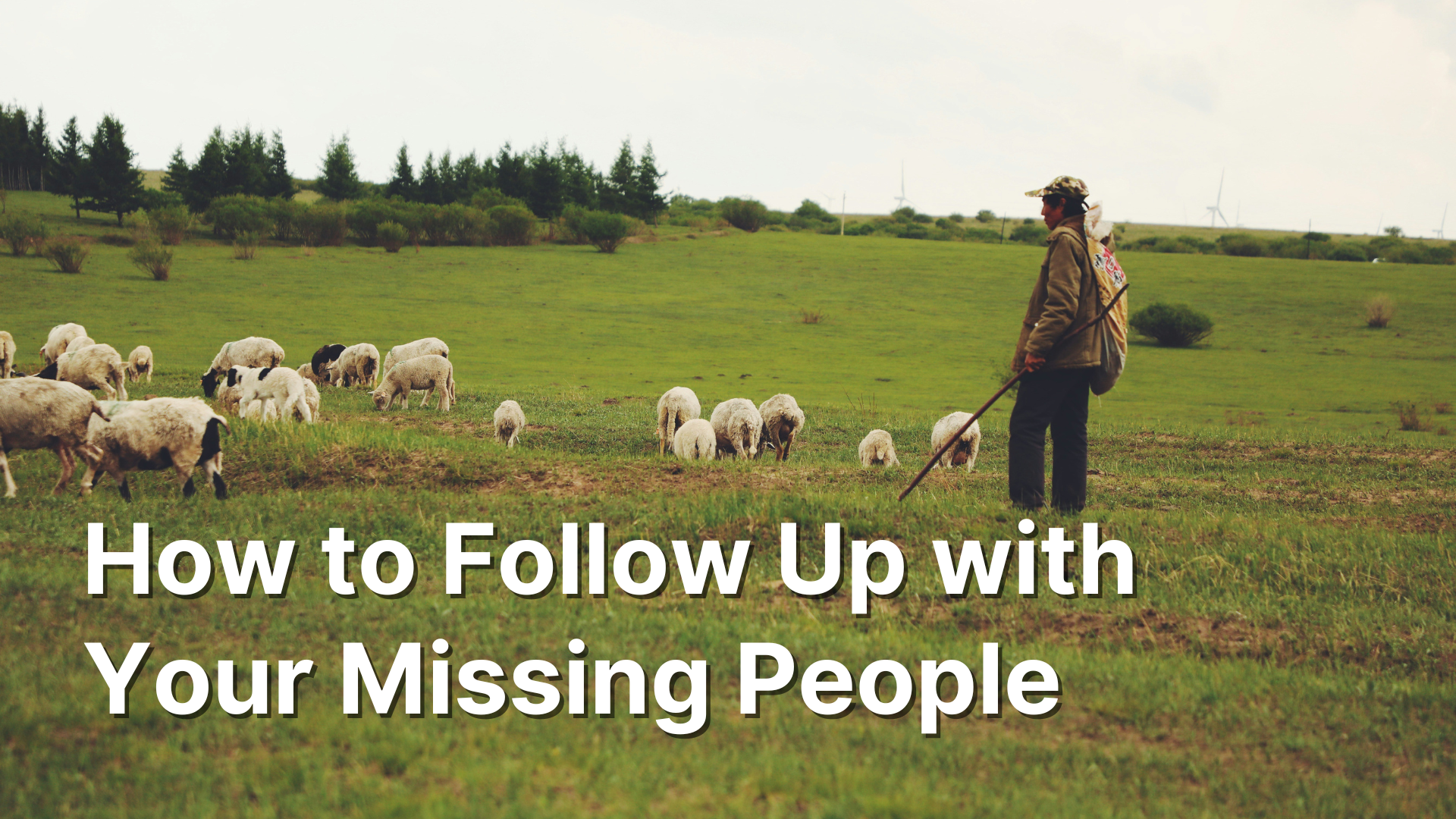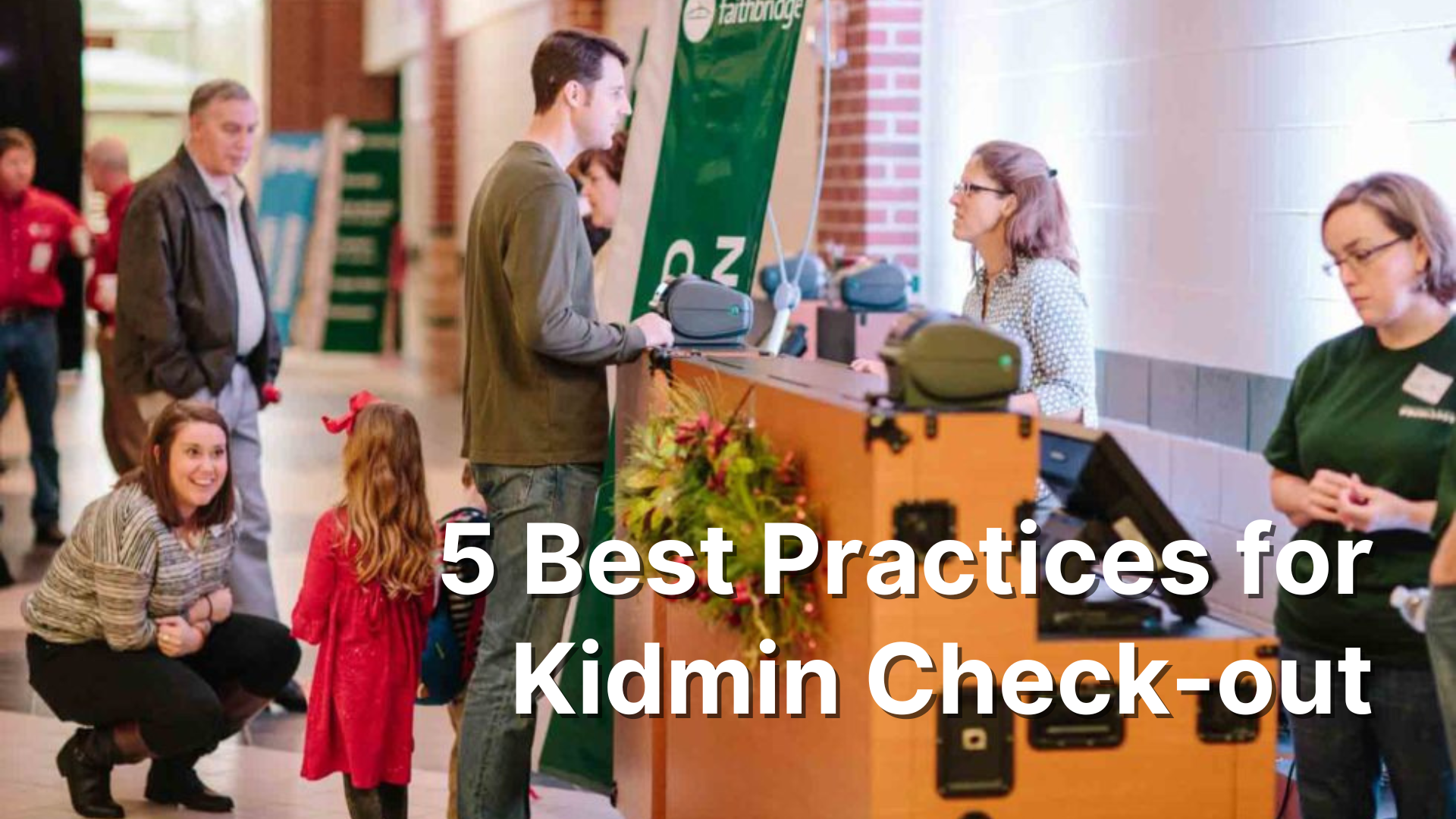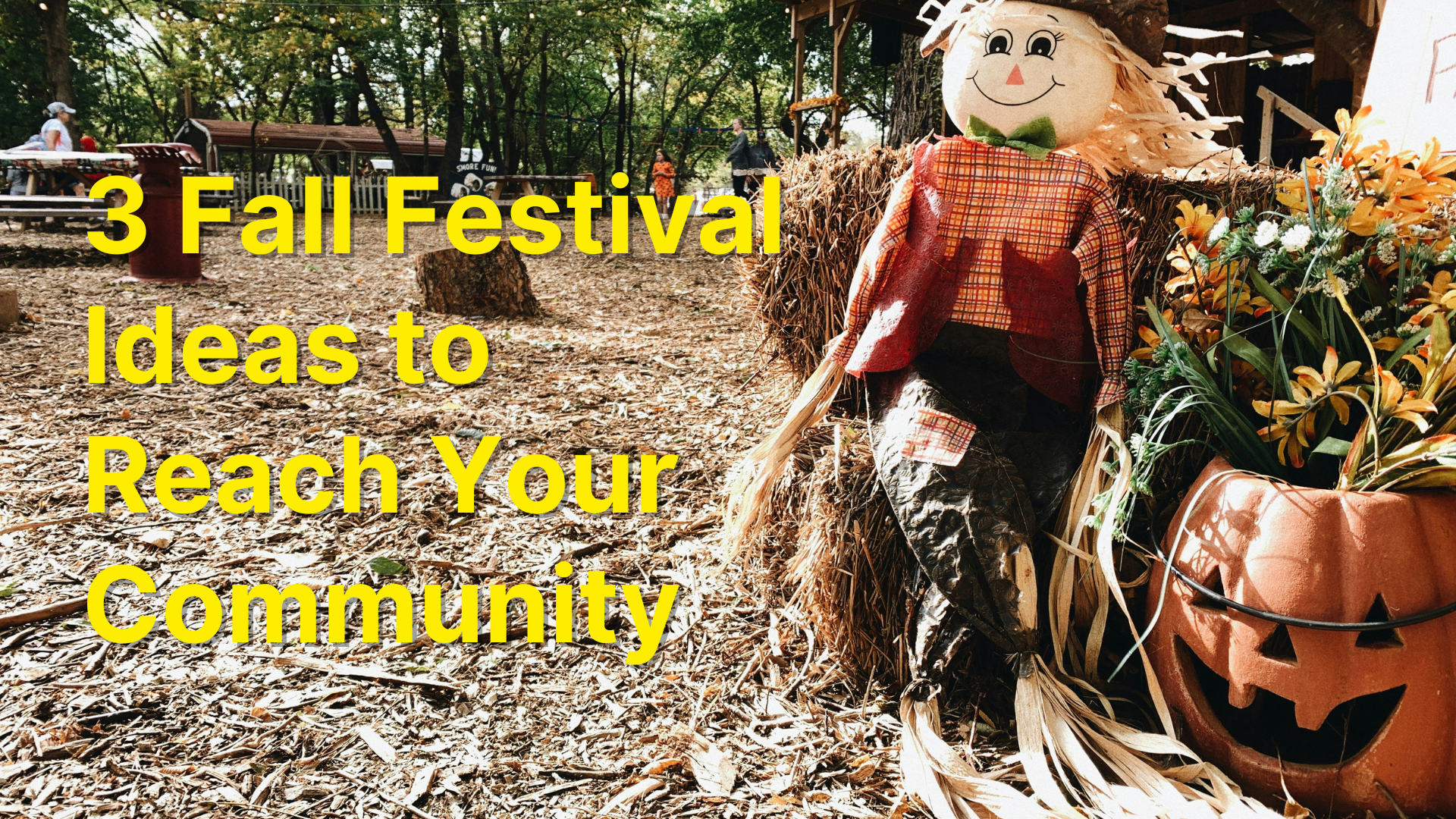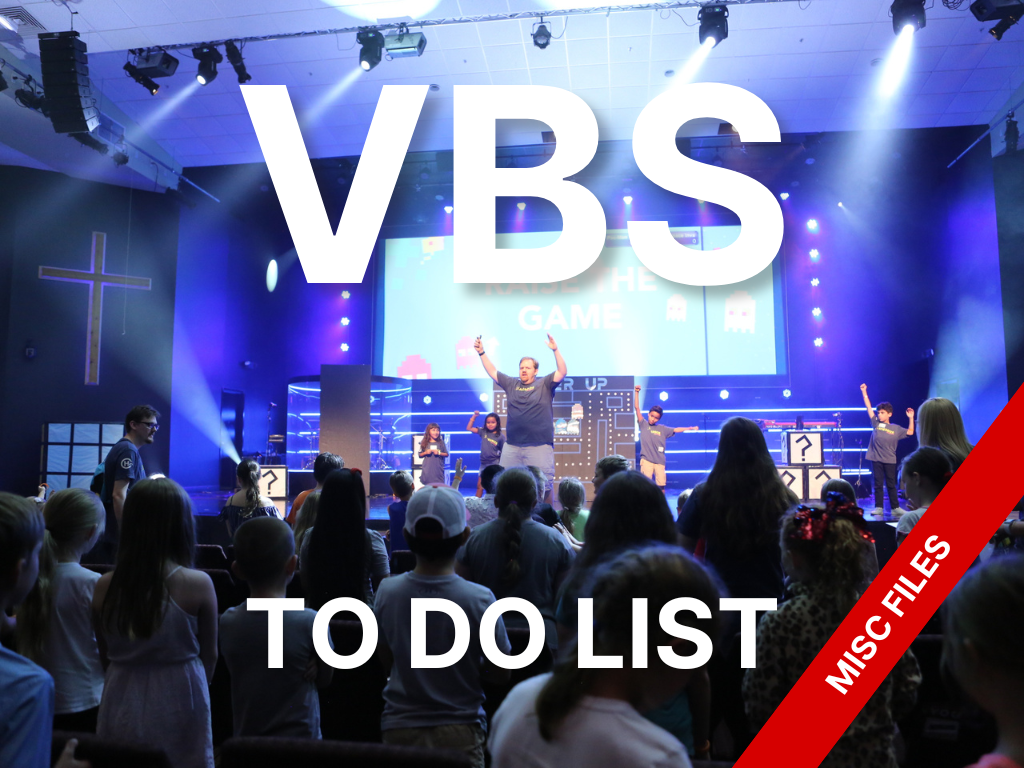A Follow-up Plan for Easter
Easter is the Super Bowl of Christendom. More people come to church on Easter than any other Sunday of the year. I know last year’s Easter was different than any in recent memory, but now with churches opening up again, and others, like mine in Florida have been open for a while, we’re looking to see the people to come back maybe for the first time in over a year. Looking at 2019’s stats, my ministry doubled in size for that one Sunday. But with all these new people how do we get them to come back? How do we connect them to our church?
COVID accelerated a lot of things and one thing I believe it really sped up was the need for community. People are longing for human connection more than a fancy service, great music, or a remarkable guest experience. Don’t get me wrong, we still need those things, but we have to connect them to a community. It’s the people that will get them to come back.
I am a children’s pastor, so this follow up plan will have elements specific to that ministry, but like any good follow up plan, it isn’t siloed within one ministry. I rely heavily on the small group and follow up systems that are already in place to make this plan work.
Here’s my follow up plan to connect people to community after they visit my church for Easter.
1. Invite people.
Before Easter even begins, we’re challenging our kids and adults to invite their friends. Community is built around knowing people and there are few things more daunting than walking into a new experience at a new place and not knowing anyone. Having that friend waiting for them or better yet bringing them ensures they’ll have a good first impression and will be already connected to someone.
2. Collect their info.
In children’s ministry, this is easy because we collect a lot of personal information such as email, phone, and address before the child even enters the area. This information is vital to your follow up and should not be overlooked.
On the adult side, we’re giving away great t-shirts from Sunday Cool for turning in a completed connect card. We’ve been doing this for a few months and have seen more first-time guests identify themselves than ever before.
3. Send them a personalized card.
I qualify a guest as someone who hasn’t visited in the last 6 months. So, when someone checks-in for the first time, I send them a personalized postcard thanking them for coming and offer a free gift from our kids’ store.
This incentive really motivates kids to come back and works on adults as well. It doesn’t have to be expensive, but something they want with value.
For kids, I stock my store with items from Five Below, where everything is between $1 and $10. Even though it’s cheap most kids don’t get to pick something out when they go to these types of stores, so this is a special treat.
The personalized card also sends the signal that they matter more than just printing out a label. On the adult side, we send a personalized thank you card signed by the senior pastor with a $5 Chick-Fil-A gift card.
4. Make a phone call.
Every guest who comes on Easter will receive a personalized phone call from a pastor or high-capacity lay leader from the church. The purpose of the call is to begin building community. I encourage my callers to ask 3 questions:
What did you think of the service?
What brought you to our church?
How can I pray for you?
Then I tell them about their best next step either water baptism, attend Next Steps, our version of Growth Track and membership class, or join a small groups opening next Sunday.
If they miss small groups or can’t find one that suits them, Next Steps connects them to a small group that will suit them, a serve team, and/or our pastoral staff with our monthly Pizza with the Pastors.
5. Send them an email.
If they gave me a valid email address, I add them to my email list in Mailchimp. There, they will receive weekly updates on what’s happening at the church both in person and online. These emails are not marketing emails, but rather written like a personal email that drives the person to action, like signing up for next steps, joining a group, or attending Pizza with the Pastors.
To make sure that I don’t spam them, Once they're added to the mailing list, MailChimp sends an automatic email that introduces me and the format of the email. I also give them an opportunity to opt out. If they choose not to, they will continue to receive emails until they unsubscribe.
The key with email to not end up in spam is to be consistent, timely, and have a clear, clickable call to action. The more the readers click the link the less likely Gmail or Outlook will send the email to spam and the more regularly they will read it.
Also, if you show up in the inbox regularly, they are far less likely to forget about you the next time their thinking about God or coming to church.
You can read more about my email strategy here.
6. Keep reaching out.
Even if you don’t see them again until Christmas or Easter, don’t give up on reaching out. I will continue to send postcards when a big event is coming, a special email for an upcoming Holiday service, and sometimes a phone call to check in on them.
Continuing to make the connection shows that you care and that they’re a real human person not just a number.
With this plan, my hope is that the numbers we see next week continue. Don’t be surprised to see a dip the following week. Hopefully your attendance and engagement numbers continue to climb so that this year’s Easter numbers are next year’s average. Not just for growth’s sake, but for the expansion of the Kingdom.
Let's continue the work of the great commission.

